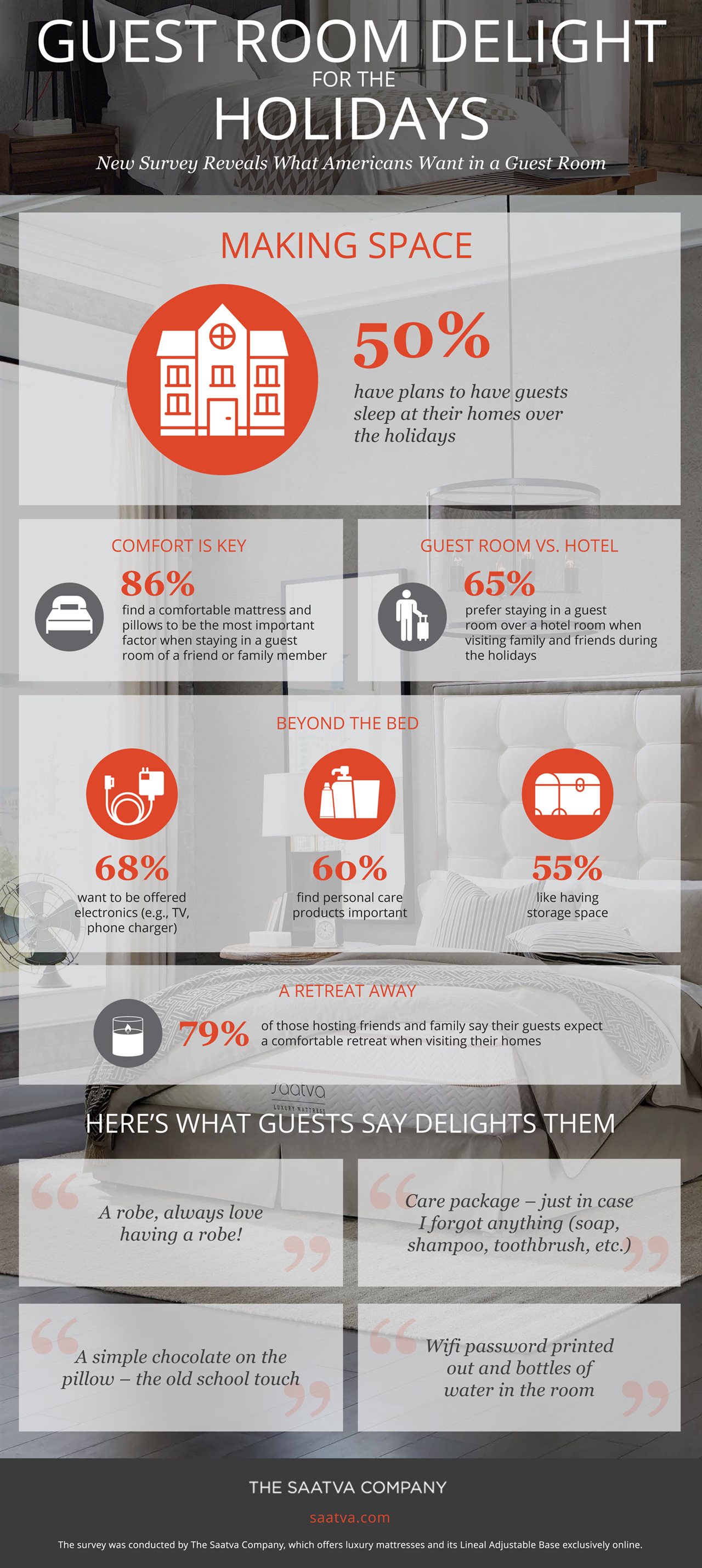2018-03-15T16:07:00
(BPT) – 
As the weather warms up and pets spend more time outside, our four-legged friends are at risk for potentially harmful insect bites. Terminix has information on three common pests that can cause problems for pets, and tips to keep them happy and healthy all season.
Many pet owners are familiar with vaccinations and prophylactic medications to help prevent fleas, ticks and other insects from biting pets. However, pet owners often overlook the positive impact regular pest control inside and outside their home can have on their pets. In fact, a pest management professional can develop a personalized plan for your home that takes your pets’ habits into account.
Here are the top pests to watch out for this summer:
1) Ticks

If your pet regularly plays outside (especially around brush and tall grass) you may notice a “tick bump” — a hardened area that forms around a tick bite — when you pet them. You can remove a tick on your own by using tweezers, but be sure to remove the entire tick and thoroughly clean the affected area to prevent infection. Place the removed tick in a sealed bag, wrap it in tape or flush it down the toilet. It’s important to keep watch for ticks on your pets because they can carry pathogens that cause Lyme and other diseases. Conduct regular inspections of your pet and be sure to maintain your yard so it is less appealing to ticks, which tend to be attracted to overgrown grass. Regular mowing and trimming help decrease the occurrence of ticks using long blades of grass to hop aboard your pets in the first place.
2) Mosquitoes

Mosquitoes can transmit heartworm larvae to dogs and cats, causing extreme illness that, when left untreated, could potentially be fatal. In addition to giving your pet a routine heartworm medication as recommended by your veterinarian, you can take proactive steps to reduce mosquitoes on your property. For example, drain any standing water in your yard (which can be a breeding haven for mosquitoes) and regularly refresh your pet’s outdoor water bowl to create a less mosquito-friendly environment. Some pest management professionals offer treatments for bushes and shrubs that can significantly reduce mosquito populations, effective immediately.
3) Fleas

If you notice your dog is scratching excessively, fleas may be the culprit. Check for fleas on your pet by using a flea comb. If you discover fleas, contact your veterinarian immediately for treatment. Nonstop scratching by your pet can lead to open wounds and infections. Fleas can also carry tapeworms and other bacteria that cause “cat-scratch fever” in humans. One method to help reduce the presence of fleas is to vacuum your house often (including your furniture and anywhere your pets lounge). If you think or know your home has fleas, empty your vacuum bag in an outdoor trash can and contact a pest management professional right away to review treatment options.











